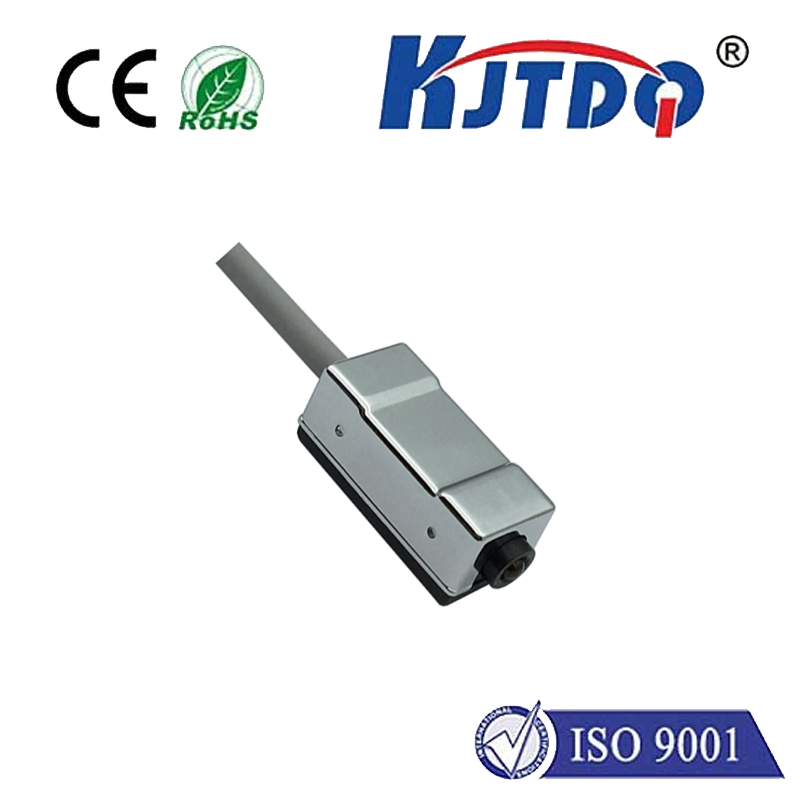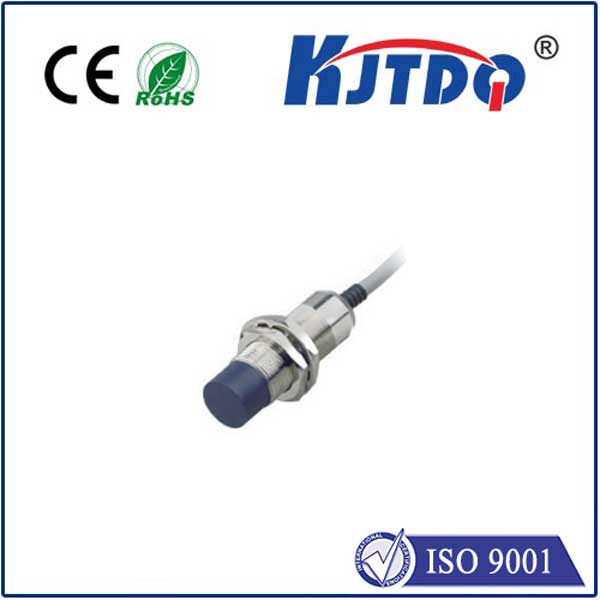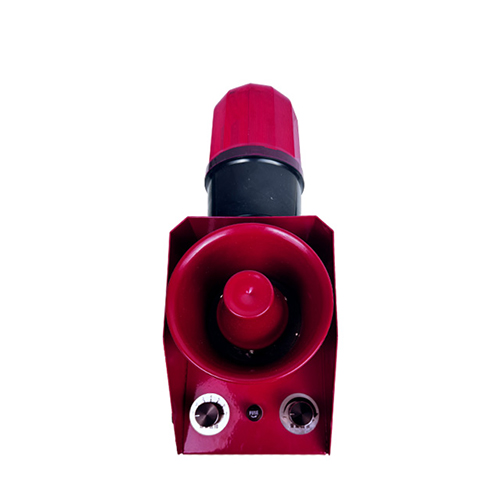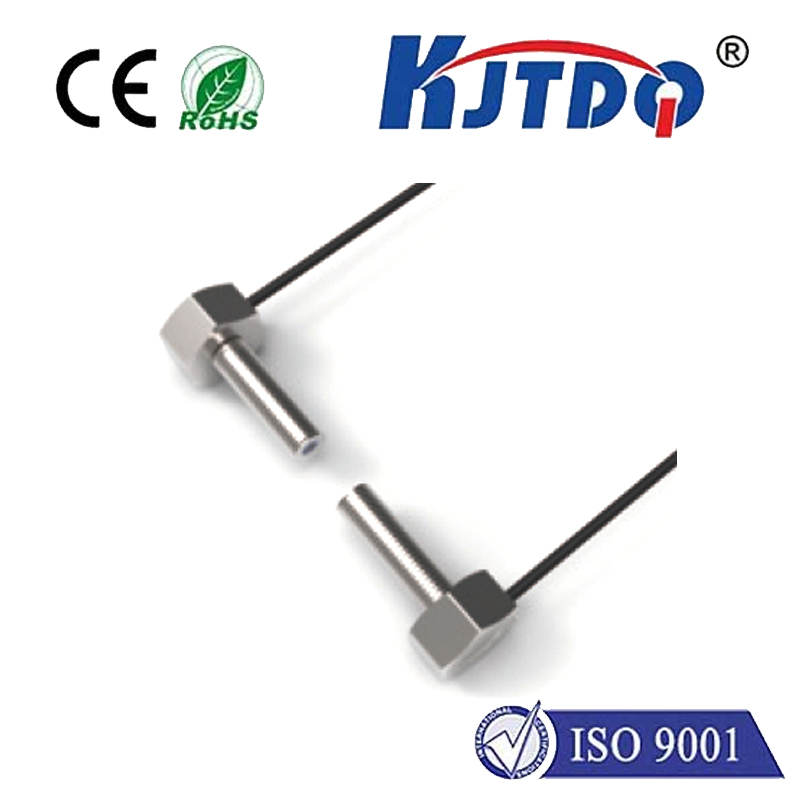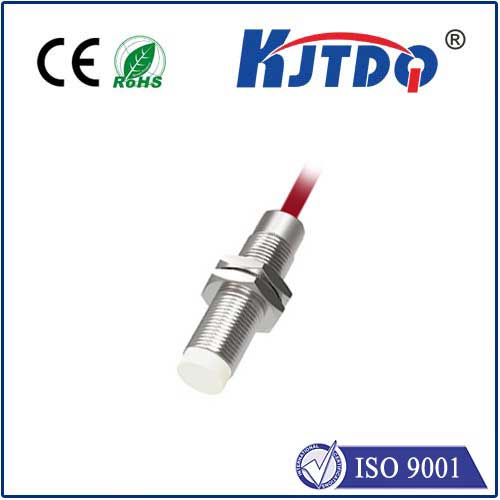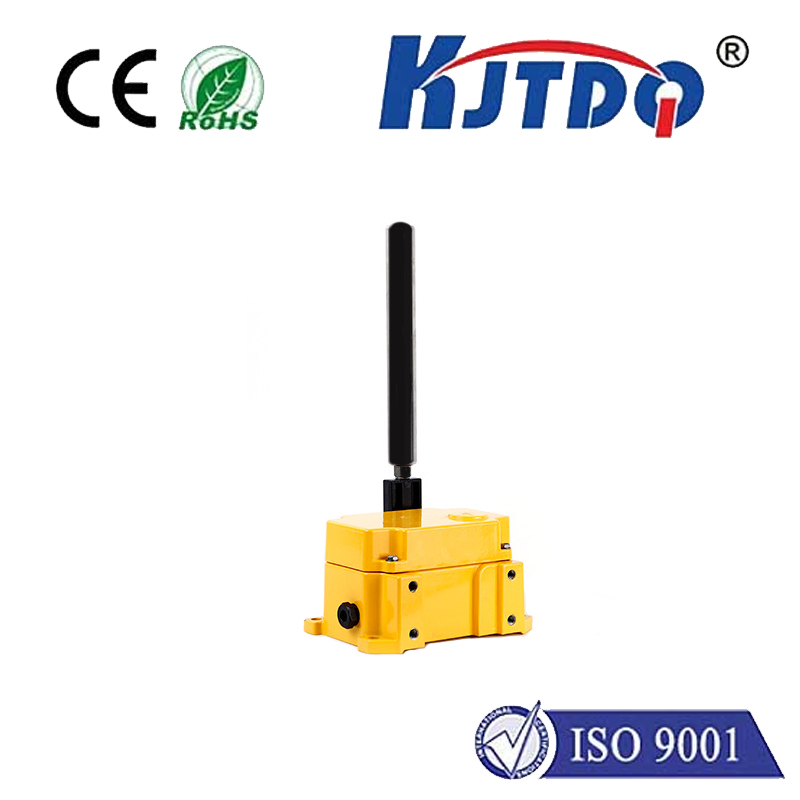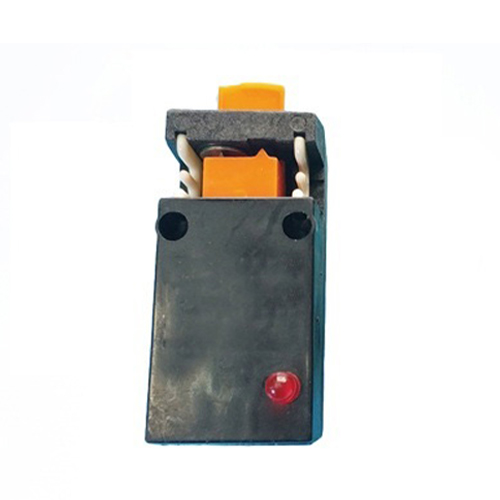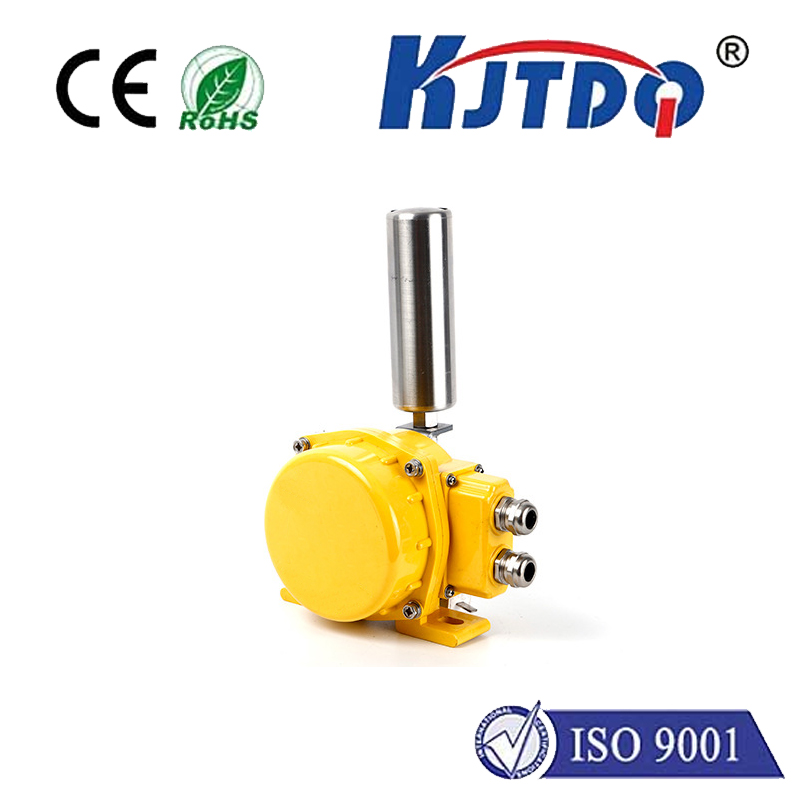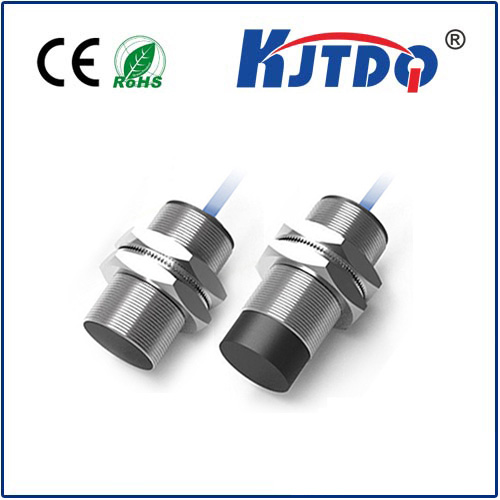proximity sensor sensor
- time:2025-07-16 08:19:39
- Click:0
Beyond Touch: Demystifying the Power of Proximity Sensors
We interact with them countless times a day, often without a second thought. That moment your phone screen lights up as you raise it to your ear? When a faucet magically starts flowing as your hand approaches? Or the reassuring beep guiding you into a tight parking spot? These seamless experiences share a silent, indispensable hero: the proximity sensor. While the phrasing “proximity sensor sensor” might reflect a common search query hinting at foundational understanding or perhaps a redundancy, the core technology—proximity sensing—is a marvel of modern engineering enabling countless automated, efficient, and safe interactions.
The Magic of Non-Contact Detection
At its heart, a proximity sensor is a device designed to detect the presence or absence of an object within its designated range without requiring any physical contact. This fundamental principle unlocks a universe of possibilities. How do these devices achieve this seemingly magical feat? It all boils down to exploiting various physical fields and their interactions with nearby objects. Let’s explore the most common types:
- Inductive Proximity Sensors: Kings of the industrial domain, these sensors generate an oscillating electromagnetic field. When a metallic object enters this field, it induces tiny eddy currents within the metal. These currents cause energy losses within the sensor’s oscillator circuit, triggering a detection signal. Their robustness, insensitivity to dirt and oils (as long as not conductive), and reliability make them ideal for position sensing in machinery, counting metallic parts on conveyors, and end-of-travel detection in automated systems. Crucially, they only detect metals.
- Capacitive Proximity Sensors: These versatile sensors work by generating an electrostatic field. Any object (metal, plastic, wood, liquid, even a human hand) entering this field alters its capacitance – essentially its ability to store an electrical charge. The sensor monitors this change. This makes them perfect for detecting non-metallic materials, like monitoring fill levels of liquids or powders through container walls, sensing the presence of packaged goods, or enabling touchless controls (like faucets). They can even detect targets through certain non-conductive barriers.
- Ultrasonic Proximity Sensors: Using sound waves beyond human hearing, these sensors emit ultrasonic pulses and measure the time-of-flight for the echo to return. The distance to the object is calculated based on the speed of sound. They excel in scenarios requiring detection over longer ranges than inductive or capacitive sensors offer, handling challenging environments with dust, smoke, or fog, and detecting objects regardless of color or material (though surface texture can affect reflection). Common uses include bin level monitoring, parking assistance systems, and presence detection on conveyors carrying varied goods.
- Photoelectric (Optical) Proximity Sensors: Utilizing light beams (visible, infrared, laser), these sensors detect objects based on the interruption (retro-reflective or through-beam modes) or reflection (diffuse mode) of the light beam. Diffuse mode sensors act like proximity detectors, sensing the reflection off the target itself. They offer long sensing ranges, high precision, and the ability to detect small objects. Applications span object counting, break detection in production lines, and position verification.
Why Proximity Sensors Are Indispensable
The benefits of integrating proximity sensors into systems are compelling and drive their ubiquitous adoption:
- No Physical Contact: The key advantage. This eliminates mechanical wear and tear, significantly increasing sensor longevity and system reliability. Moving parts are prone to failure; proximity sensors sidestep this entirely.
- High Speed & Reliability: They detect objects incredibly quickly and consistently, making them essential for high-speed automation and precision control where milliseconds matter.
- Robust Operation: Designed for harsh environments, many proximity sensors are resistant to vibration, shock, dust, moisture, and even certain chemicals, especially industrial inductive types.
- Versatility: From detecting a sheet of paper to a massive metal casting, a hand to a liquid level, the range of detectable objects and materials is vast. Different sensor types address specific needs.
- Energy Efficiency: Consuming very little power, especially in their “idle” state waiting for detection, contributes to overall system efficiency.
- Enhanced Safety: Playing a critical role in safety interlocks by ensuring guards are closed or operators are clear of dangerous zones before machinery operates.
Where You’ll Find Them Working Tirelessly
The applications are truly endless, permeating nearly every industry and many consumer devices:
- Consumer Electronics: Dimming your phone screen during calls (saving battery), enabling automatic display wake/sleep on laptops, touchless faucets and soap dispensers, gaming controllers.
- Automotive: Parking sensors, collision avoidance systems, occupancy detection for airbag control, automatic trunk opening (“kick sensor”), rain-sensing wipers.
- Industrial Automation: The backbone of modern manufacturing. Used for position sensing (robotic arms, cylinders), object counting, part presence/absence verification, fill level control, conveyor line monitoring, machine safety interlocks.
- Aerospace & Robotics: Landing gear positioning, obstacle detection for drones and robots, precise movement control.
- Building Automation: Automatic doors, security systems (detecting approach), lighting control systems (occupancy sensing).
- Appliances: Detecting door closure on microwaves/ovens/washing machines, liquid level detection in coffee makers or dishwashers.
Navigating the “Sensor Sensor” Confusion
The term “proximity sensor sensor” often surfaces in searches. This typically stems from:
- Terminology Redundancy: “Sensor” is the core device, so adding it again is linguistically redundant. The correct term is simply “proximity sensor”.
- Exploratory Queries: Users might be new to the concept and use doubled terms while searching for fundamental information.
- Keyword Variations: Sometimes occurring incidentally in long-tail keyword combinations.
Regardless of how the query is phrased, the intent is clear: understanding the device that detects objects without touch. Focusing on the core technology – proximity detection – provides the valuable information users seek.
The Unseen Force Shaping Interaction
From the phone in your pocket to the car you drive and the factory that built it, proximity sensors work silently in the background. They are fundamental enablers of automation, efficiency, safety, and user convenience. Their ability to detect presence without contact solves countless engineering challenges. By understanding the different types – inductive, capacitive, ultrasonic, photoelectric – and their strengths, engineers and designers continue to find innovative ways to leverage this powerful and versatile technology, seamlessly integrating the physical and digital worlds, one non-contact detection at a time. They truly are the unseen force sensing our approach and shaping our interactions with technology.











